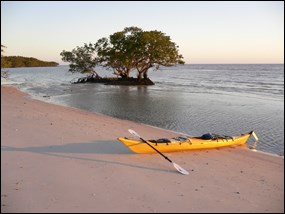
NPS photo The National Park Service treats the symphony of sounds heard in national parks as a natural resource that is accorded the same level of protection as any other resource. The sounds that you hear during a visit to Everglades National Park are the soundtrack to your outdoor experience, away from the clamor of everyday life. Considered as a whole, the sounds heard in any particular location are considered to be the soundscape. The study of soundscape is the subject of acoustic ecology — the relationship, mediated through sound, between living things and their environment. 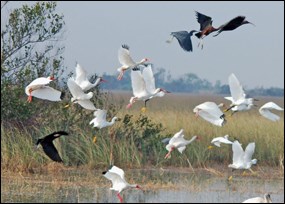
NPS photo The Marjory Stoneman Douglas Wilderness comprises nearly 1.3 million acres of Everglades National Park. This vast landscape affords unparalleled opportunities for viewing wildlife, embarking on a rugged adventure, marveling at dark skies, or simply enjoying quiet solitude in a vast expanse of land and sea. This wilderness is unusual, however, in that nearly one-third of its acreage is submerged. Although the sea floor that underlies coastal park waters is designated wilderness, the water column itself is not. This provision allows for the continued use of motorboats in these areas, provided such usage does not impact the wilderness. For example, most islands in Florida Bay are closed to visitor access for the protection of nesting birds. The 99-mile long Wilderness Waterway extends from the Gulf Coast Visitor Center, which is the gateway to the Ten Thousand Islands region of the park, to Flamingo. Boaters can view birds, dolphins, manatees, and other wildlife as they journey through backcountry waters. Canoeists and kayakers seeking quiet and solitude, however, need to be aware that use of the Wilderness Waterway is shared with motorboats. Sound vs. Noise 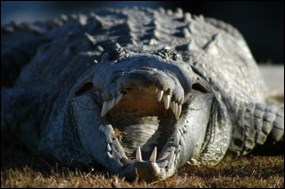
NPS photo Acoustic resources are physical sound sources, including both natural sounds such as wind, water, weather, and wildlife, and cultural sounds and historic sounds such as tribal ceremonies and quiet reverence. What exactly is sound? Measured in terms of frequency and amplitude, sound is perceived by humans as an auditory sensation created by pressure variations that move in waves through a medium such as air or water. 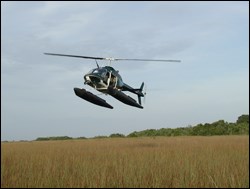
NPS photo Noise is sometimes used as a synonym for sound, but there is a subtle difference. Noise is a sound that is unwanted or inappropriate in an environment. Noise pollution is displeasing or excessive noise that may disrupt the activity or balance of human or animal life. Learn more about the science of sound and find useful resources containing soundscape-related planning, monitoring, and protection information at the National Park Service Natural Sounds Program website. Why Acoustic Resources are Important By law (Section 4.9, Soundscape Management, NPS Management Policies), national parks are required to restore and manage park acoustical environments and soundscapes. Soundscapes are important to visitors and can provide an environment that:

Learn how to make a difference: Minimize your noise footprint. Sound and Wildlife 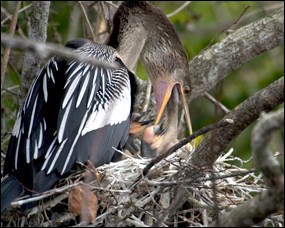
NPS photo Although the opportunity to experience natural sounds is important to humans for a meaningful visitor experience, the ability to hear sounds may spell the difference between life and death for park wildlife. What prey species would not benefit from being able to hear the approach of a predator sneaking up from behind? Conversely, a hungry predator may miss the rustle of nearby prey if it is drowned out by human-caused noise. Distant airplane, helicopter, automobile traffic, and other machinery noise, and even the sound of human voices and activities, can obscure sounds that may be critical to the survival of wildlife. Not being able to hear natural sounds distinctly may prevent wildlife from being able to distinguish songs from potential mates. Natural sounds are vital to the natural functioning of park ecosystems. The opportunity to adequately evaluate natural soundscapes is important for:
Although the effects of noise on wildlife are incompletely understood, wildlife has been found to suffer adverse physiological and behavioral changes from noise and other human disturbances. Noise can have important implications for the health and vitality of wildlife populations. Protecting the integrity of natural soundscapes affords wildlife a better chance at reproduction and survival. Learn more about natural sound protection in the national parks. Everglades National Park Soundscape 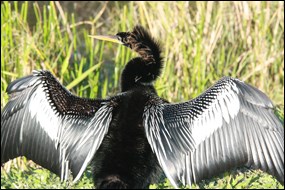
NPS photo by Leslie Velarde Visit the Everglades National Park Soundscape portal to access a sound gallery of natural sounds recorded within the park. The sounds were recorded at Shark Valley, North Nest Key, Pinelands, Cane Patch, Eco Pond, and Pa-hay-okee. You'll be able to listen in on alligators, birds including an anhinga and a great egret, pig frogs, a green tree frog, a southern leopard frog, a cricket frog, a chorus of amphibians, some unidentified amphibians, a daytime chorus, a nighttime chorus, a thunderstorm, and even a Seminole bat! 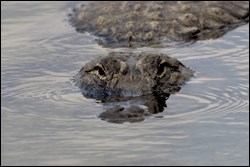
NPS photo For an example of the type of sounds available in the sound galleries, listen to the audio file of an alligator below, with a pig frog chiming in toward the end of the recording. Or, test your skill at identifying common sounds heard in Everglades National Park by trying your hand (actually, your ear!) at a round of Name That Tune: Everglades Edition. The requested video is no longer available.

Image courtesy NPS Natural Sounds Program
Additional Resources The following publications are available for download: 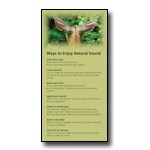
Ways to Enjoy Natural Sound 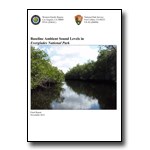
Baseline Ambient Sound Levels in Everglades National Park Primary objective of study: 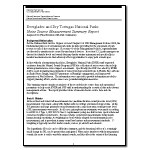
Everglades and Dry Tortugas National Parks Noise Source Measurement Summary Report Analysis of the recorded noise source data and operational parameters. The report provides tables of measured noise source data and site descriptions. 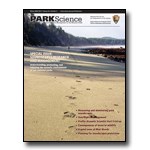
Park Science Special Issue Explore the science behind soundscapes in the National Park System. |
Last updated: November 20, 2025
